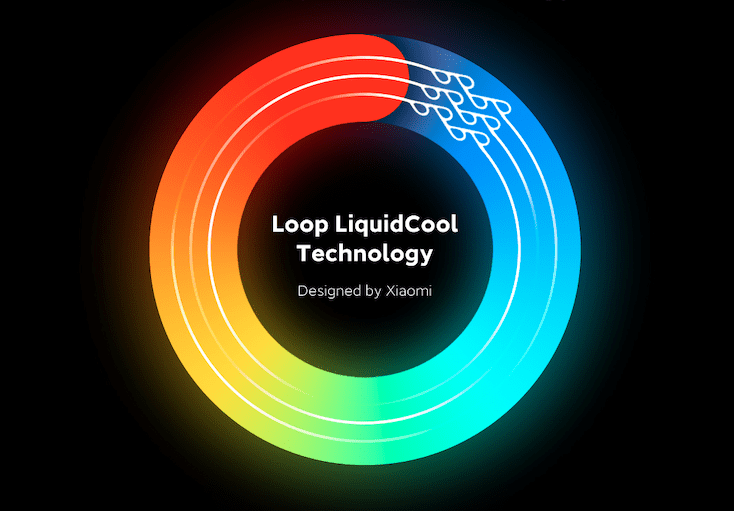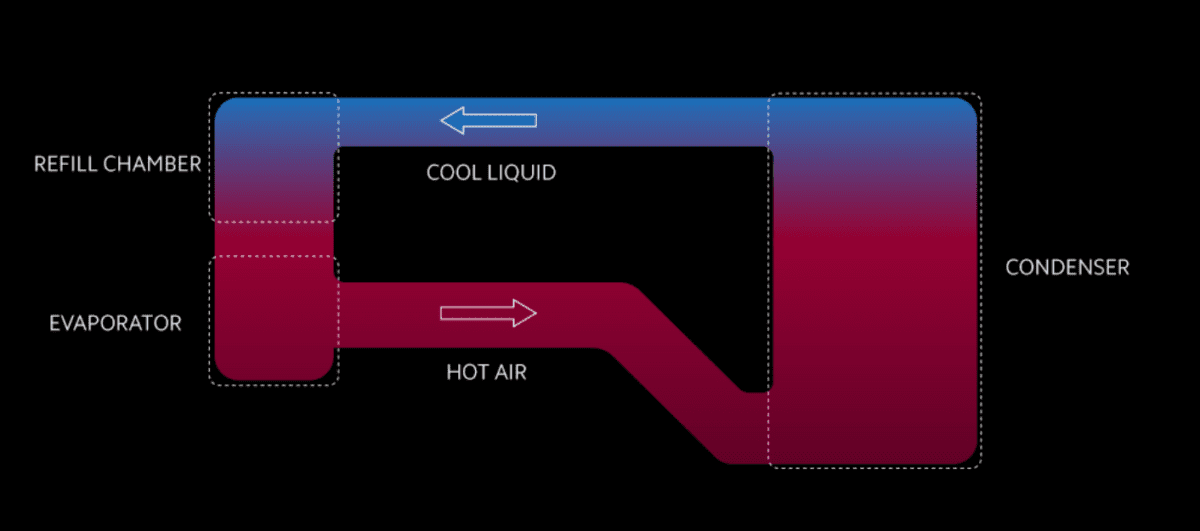Xiaomi’s Loop Liquidcool Technology Elevates Cooling Solutions
3 min. read
Published on
Read our disclosure page to find out how can you help MSPoweruser sustain the editorial team Read more


While most technological devices still rely on conventional vapor chambers (VC) solutions, Xiaomi is on its way to integrating its Loop Liquidcool Technology into its H2 2022 products.
The idea of Loop Liquidcool came from the aerospace industry cooling solutions, which highlights the use of the capillary effect. It performs the heat dissipation solution by placing the liquid cooling agent into the heat source to vaporize and distribute the heat into a cooler zone. The process will end with the said agent being condensed and then collected by the unidirectional closed-looped channel.
The Loop Liquidcool Technology works almost the same way, with some methods still the same as the VC liquid cooling. It is composed of an annular heat pipe system with an evaporator, a condenser, a refill chamber, gas, and liquid pipes. This system is situated at heat source spots where it can react whenever the smartphone is overworked. Once high heat levels are detected, the refrigerant will evaporate into gas. It will then be distributed together with the warm airflow to the condenser. With the gas returning into liquid form again, it will be gathered via tiny fibers of the refill chamber to refill the evaporator, and the process repeats itself.
Meanwhile, the Tesla one-way valve structure in the refill chamber maintains the effective one-way circulation in the system. This lets the liquid pass through the evaporator as it simultaneously blocks the gases from getting in the wrong directions. What makes this structure even more interesting is that it allows the assembly of Loop LiquidCool Technology in any internal design.
Xiaomi claims that said technology tops as the most efficient smartphone cooling solution today and promises dual cooling power, compared to old VC solutions. Although it still uses some same methods as VC, the additional individual channels for liquids and gases allow better flow to prevent blocking and mixing of elements. This results in making the cooling process faster and more powerful. In addition, the ring-shaped pump with a gas pipe design decreases air passage resistance by 30% to allow better steam flow. With all this, the heat transfer capacity of the system is bumped up to 100% efficiency.
Xiaomi confirmed the success of the new smartphone cooling solution after it put the customized Xiaomi MIX 4 in a test. According to the company, the usual vapor chamber in the phone was replaced with a new Loop LiquidCool Technology solution, and the phone was placed in a 30-minute Genshin Impact gameplay test under the 60 fps max video settings. Yet, the solution managed to keep Xiaomi MIX 4 under 47.7?. This also translates to an 8.6? lower processor temperature than the original cooling system version of the phone.









User forum
0 messages